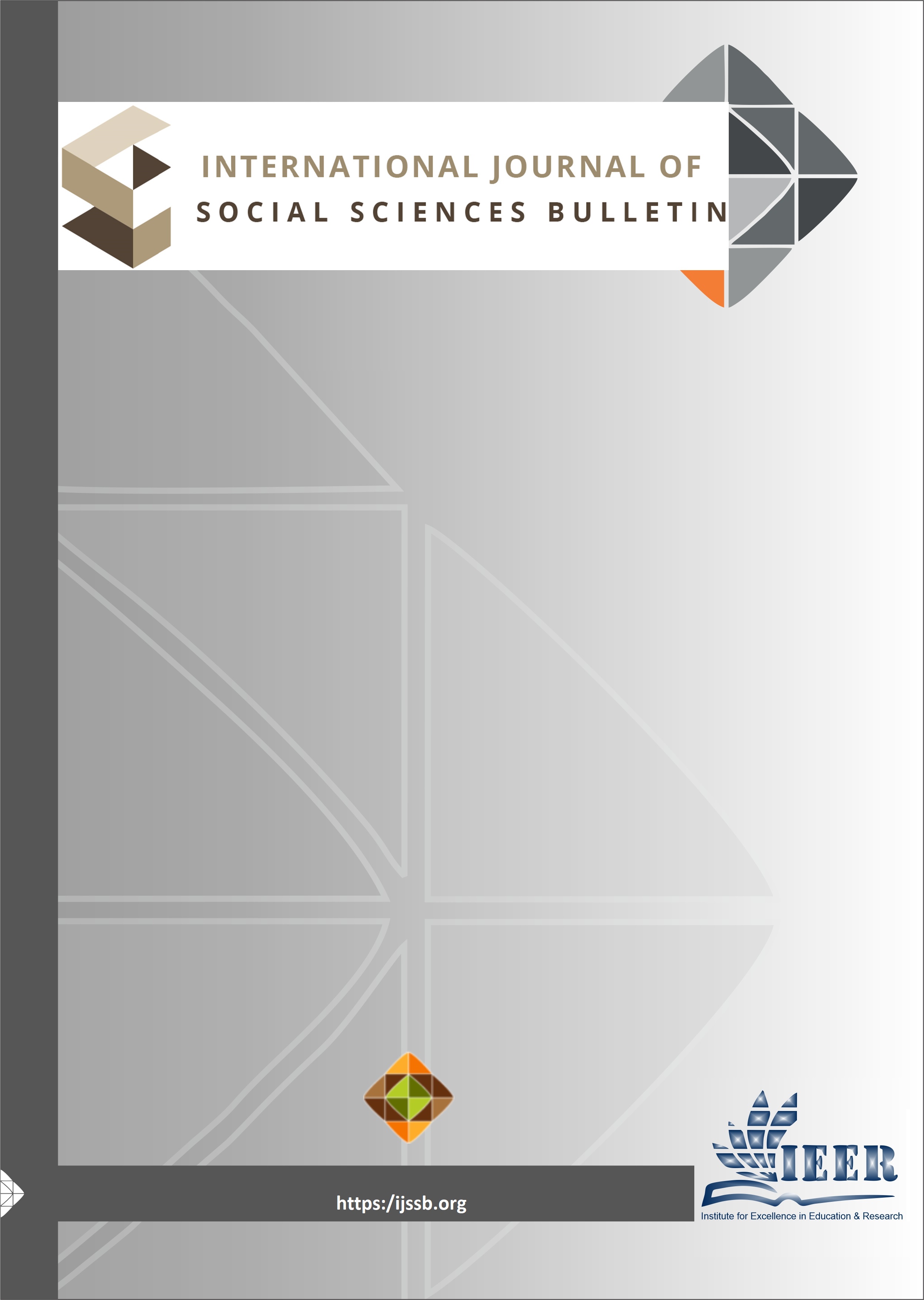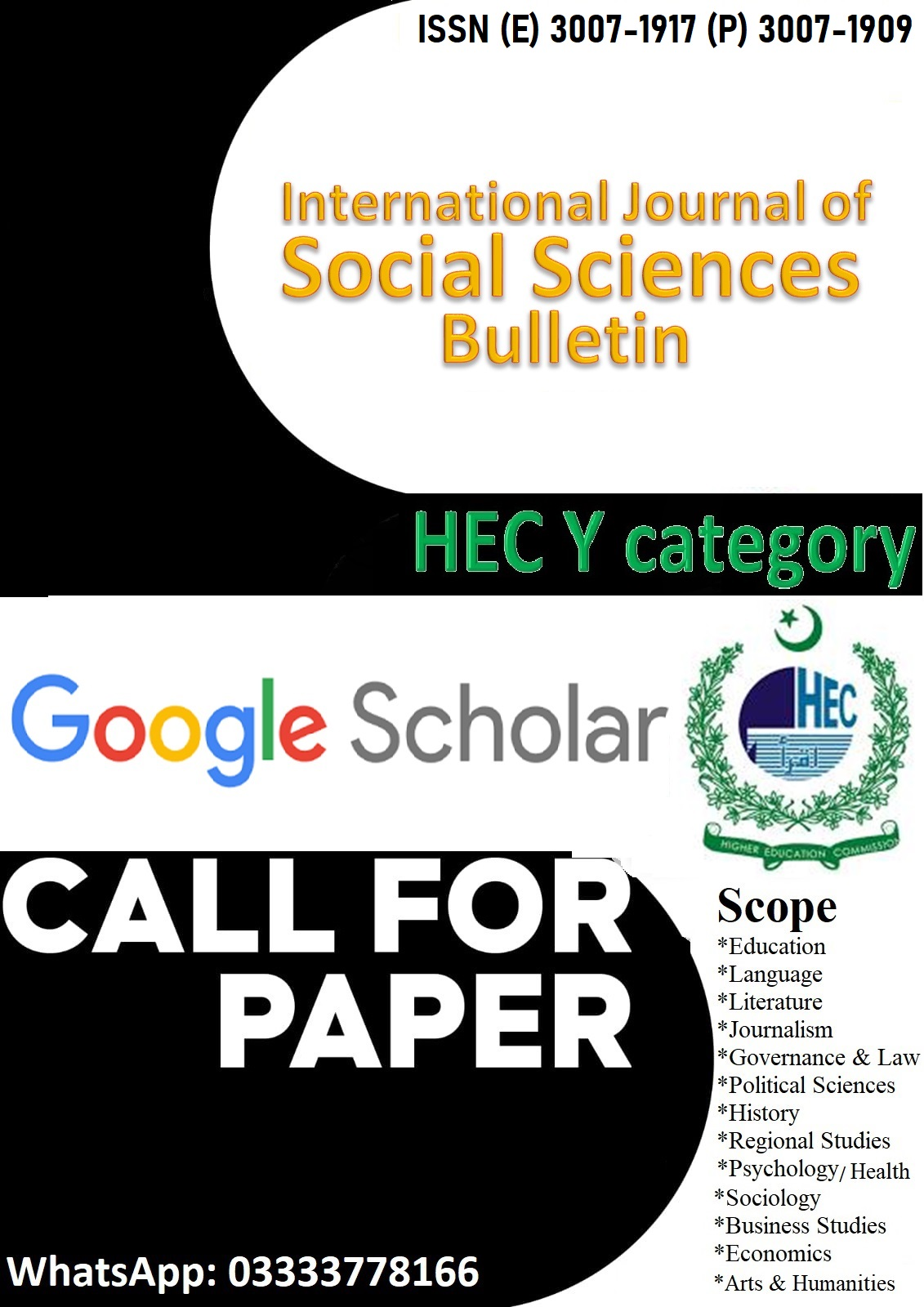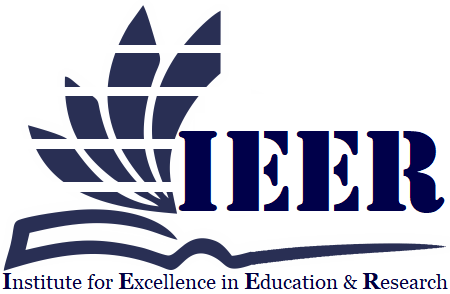CRACKING THE CODE OF ENGLISH LEARNING: A CASE STUDY OF MOTIVATION AMONG UNDERGRADUATE STUDENTS AT THE UNIVERSITY OF LAKKI MARWAT
Keywords:
Students' Interest, English learning, Motivation, Teacher-driven Initiatives, Supportive Environments, Effective classroom TechniquesAbstract
This study analyzed the motives that create and enhance undergraduate students' interest in learning English at the University of Lakki Marwat. Employing a quantitative research design, the data was collected from 90 male and female students from the Departments of Mathematics, Chemistry, and English structured questionnaire. A stratified random sampling technique has ensured the equal representation of all kinds of students. A questionnaire with 13 statements was administered among the students. The data was analyzed through SPPSS. The study some essential factors that enhance students' interest in learning English, such as teacher support and value, personal goal-setting, flexible teaching strategies, enthusiastic teachers, teacher professional development, comfortable classroom environment, encouragement to ask questions, student- centered teaching, positive instructor feedback, culturally relevant examples, use of technology, authentic and relevant content, and communication with teachers and peers. The study concluded that blending teacher-driven initiatives, supportive environments, and effective classroom techniques improves students' interest and motivation to learn English. It is recommended that student-centered approaches, technology integration, and teacher professional development be priorities for institutions and educators to construct motivating and dynamic English learning environments.
Downloads
Published
Issue
Section
License
Copyright (c) 2025 Sahibzada Wasim Iqbal, Kiran Jehan, Fida Ullah, Aneesa Khan (Author)

This work is licensed under a Creative Commons Attribution-NonCommercial-NoDerivatives 4.0 International License.

















